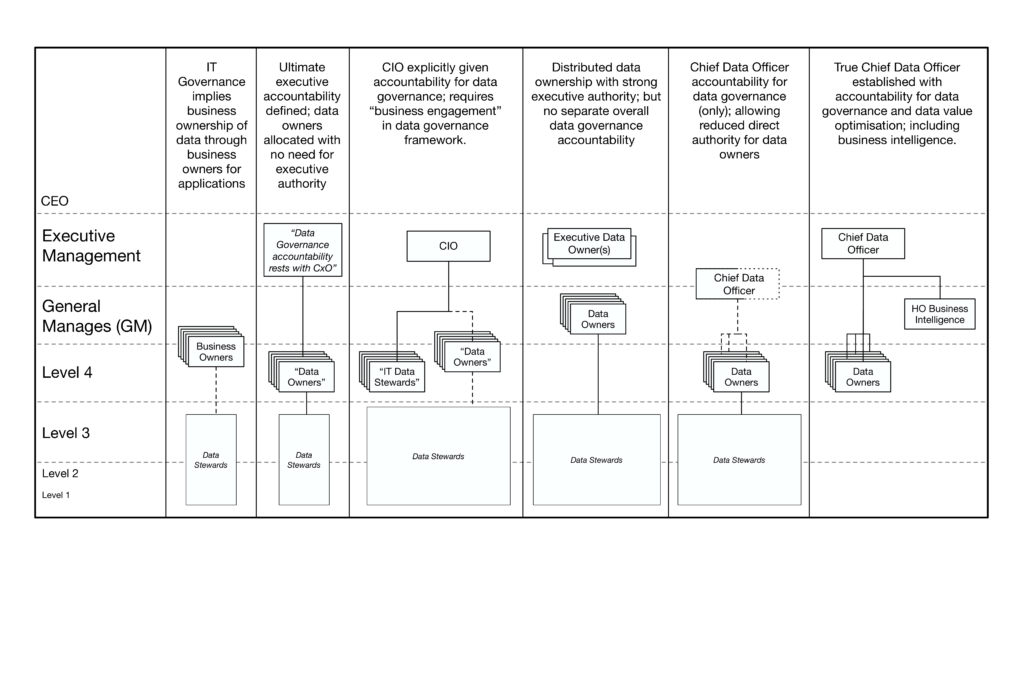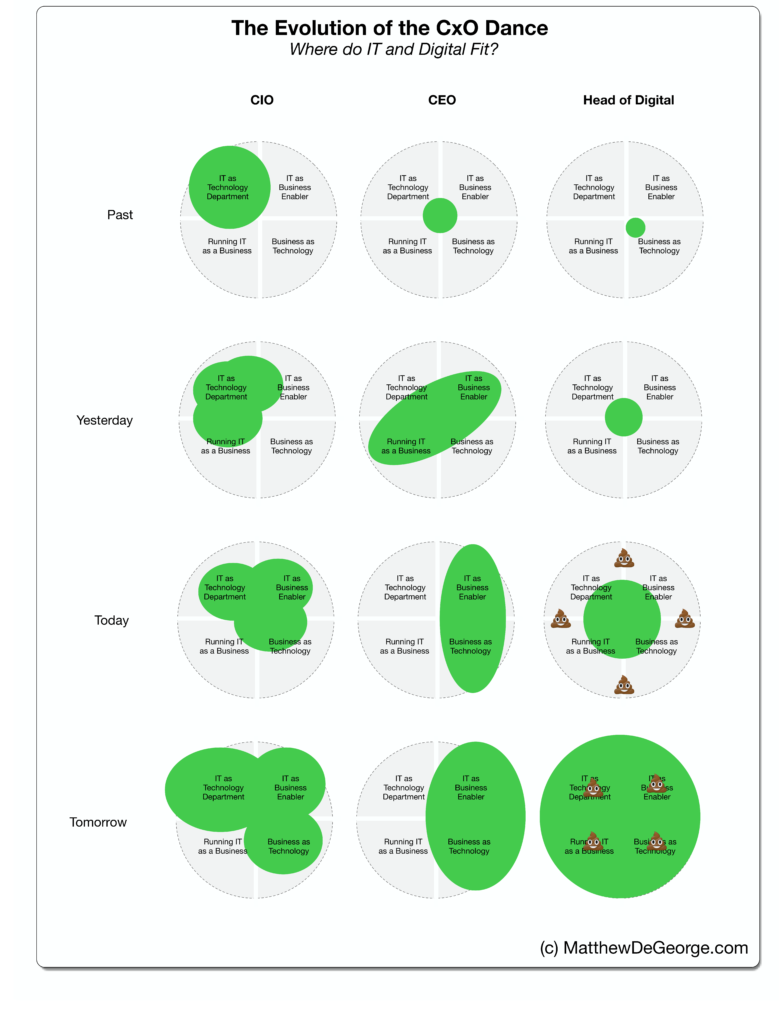It’s time to change the way we think about escalations in preparation for the organisations of the future.
The word “escalation” has an ominous tone. In corporate cultures skewed by managerialism – that is, most organisations – escalations get a reputation as being a risk to your career.
An escalation is often seen as a failure to collaborate, when in reality it’s a mismatch between the level of the organisation where particular decision rights currently sit versus the availability of information required to make those decisions.
As with performance management, the discipline of general management has focused the management of escalations on the people aspects of the process. People are very important, I grant. But when any process too heavily focuses on the people aspects the unintended consequence is that people are identified as the problem, and only people-focused solutions are found.
Performance Management, while ultimately concerned with the performance of the whole organisation, makes us think of yearly performance management processes focused on individuals. Progress to change to this slow, hard, work that’s against most corporate cultures. Changeling our approach to escalations will be the same.
Neither escalations nor performance management have much to do with individual behaviours. Performance management is simply about measuring and optimising performance. This might involve people’s behaviours but is actually a bundle of people, process, information, and technology (where those words are defined so broadly as to mean they encompass every possible thing).
The correct way of thinking about an escalation is to think of it as moving a decision-making process or instance of a decision to the appropriate level of the organisation. If something is escalated it couldn’t be resolved where is it was.
Escalation is simply the opposite of delegation. Our organisations are comfortable with the idea of increasing spans of control, and reducing layers of management. This means there are positive delegation flows occurring in all high performaninng organisations.
It makes sense that continuous optimisation of an organisation undergoing change also includes cases where decision processes or instances of decisions need to be escalated.
Automation trends therefore offer a challenge to the general management discipline. Automation means that delegation and escalation are often to or from “robots” rather than people. This is having a profound effect on management.
In an organisation governed, managed, and executed by people an escalation is a handy escape value. Those executing the work get to shift a decision to the right level of the organisation.
But because managerialism has been people focused it’s become confused about delegation and escalation. If a person has been delegated to and doesn’t make the right decisions it’s considered a failing. Similarly, if a person escalates when they were not supposed to, or doesn’t escalate when they are supposed to this is also considered a failing.
Organisations that a governed by people, managed by people, but in part executed by machines bring the ambiguity about escalation and delegation to a sharp point. If a machine isn’t performing delegated tasks it’s the fault of the delegator. Similarly, if a machine isn’t escalating at the right time it’s the fault of whoever it’s supposed to be escalating to.
Australian regulator ACCC recently came to the reasonable conclusion that when an automated decision process makes multiple incorrect (and in this case illegal) decisions, or omits steps it was legally obligated to perform, the organisation is break the law multiple times. This is as opposed to breaking the law once via the single programming error that caused the multiple illegal actions.
See Tweet: https://twitter.com/matthewdegeorge/status/931256101818966016
This is profound. It means our understanding of delegations and escalations needs to change. It’s also why an organisation that is governed by people, managed by robots, and executed by people might actually be a more likely future form than organisations where only the execution is robotic.



